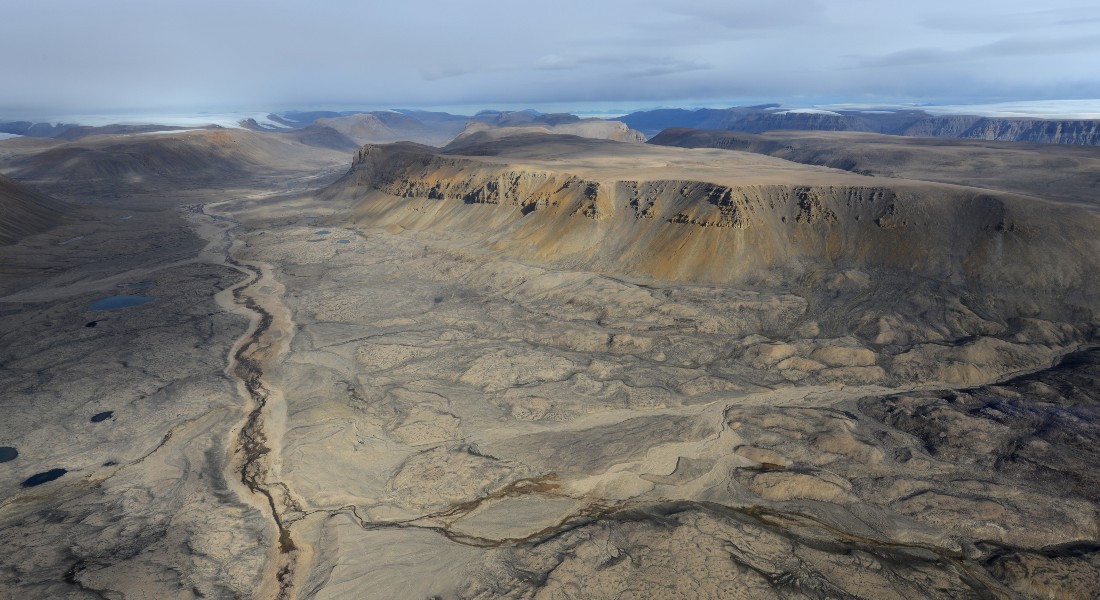local observations are welcomed, your concerns are well placedI've got some "man made" Co2 observations of climate change going on for the next week
Yesterday it was 28c today is 26c then we go 3 days of 19c before some catastrophic warming increases it to 27c and 33c before some alarming cooling takes place and were back to 19c followed up with a 18 day.
Fucked if I know what my Co2 is doing, seems to be going up and down all the time and causing the temps to do the same.
sadly I can only promise more extremes, hoping you can get some more 40c days before long
that said, increased humidity would make those rather unbearable - expect the unexpected







